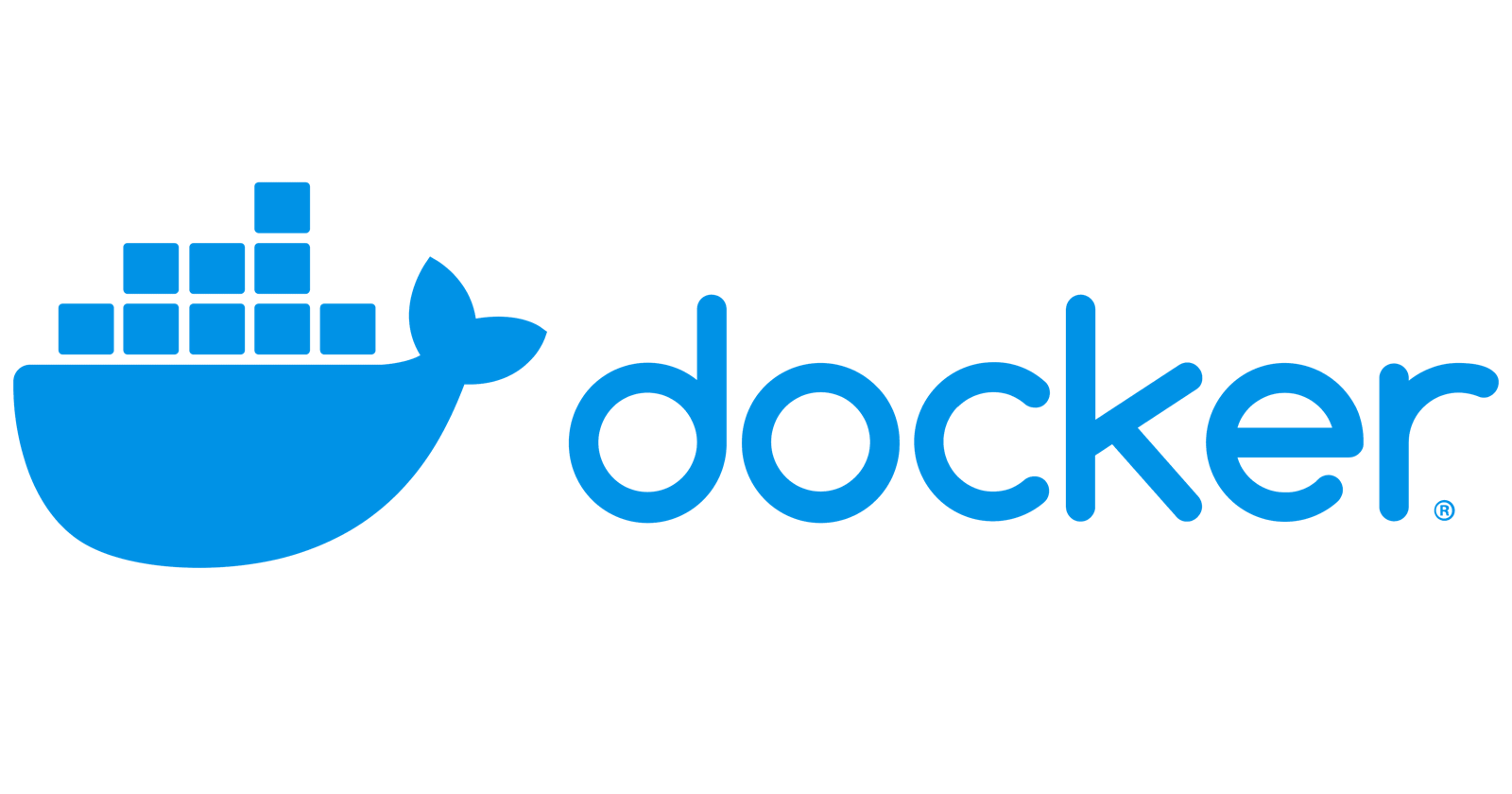Introduction
Docker has emerged as a game-changer, revolutionizing the way applications are built, shipped, and run. Docker simplifies the process of containerization, enabling developers to package their applications and dependencies into lightweight, portable containers. In this beginner's guide, we'll explore the basics of Docker, its fundamental commands, and the role of Docker Compose in orchestrating multi-container applications.
Understanding Docker
A Paradigm Shift While virtual machines provided a significant leap forward in application deployment, they also introduced complexities such as high resource overheads and dependency management issues. Docker emerged as a solution to these challenges by introducing containerization - a lightweight, portable approach to packaging and deploying applications along with their dependencies. At its core, Docker is an open-source platform that allows developers to create, deploy, and manage applications using containers. But what exactly are containers? Think of them as isolated environments that encapsulate an application and all its dependencies, ensuring consistency and portability across different environments. Unlike traditional virtual machines, containers share the host system's kernel, making them lightweight and efficient.
Basic Concepts of Docker:
Docker Images: Blueprints of containers, encapsulating an application, its dependencies, and runtime environment.
Containers: Isolated instances created from Docker images, running applications consistently across different environments.
Dockerfile: Instructions for building Docker images, specifying the base image, dependencies, and runtime configurations.
Docker Commands: Interface for interacting with Docker, including building, running, and managing containers.
Dockerfile: A Dockerfile serves as a blueprint for building Docker images. Let's create a simple Dockerfile for a Python application:
# Use the official Python base image
FROM python:3.9-slim
# Set the working directory in the container
WORKDIR /app
# Copy the current directory contents into the container at /app
COPY . /app
# Install any dependencies specified in requirements.txt
RUN pip install -r requirements.txt
# Specify the command to run on container startup
CMD ["python", "app.py"]
In this Dockerfile:
We start with the official Python base image.
Set the working directory inside the container to
/app.Copy the current directory (which contains our Python application files) into the container.
Install dependencies specified in
requirements.txt.Finally, specify the command to run when the container starts (
app.pyin this case).
Docker Commands: Getting Started: Now, let's walk through some basic Docker commands:
Build the Docker image:
docker build -t my-python-app .Run the Docker container:
docker run my-python-appList running containers:
docker psView container logs:
docker logs <container_id>
Docker Compose: Managing Multi-Container Applications: Docker Compose simplifies the management of multi-container Docker applications. Let's create a docker-compose.yml file for our Python application:
version: '3'
services:
app:
build: .
ports:
- "5000:5000"
volumes:
- .:/app
In this docker-compose.yml file:
We define a service named
app.Build the Docker image using the current directory (
.).Expose port
5000to access the application.Mount the current directory into the container to enable live code reloading during development.
To run the application using Docker Compose:
docker-compose up
Conclusion
Docker simplifies the process of software development and deployment by providing a consistent and isolated environment for applications. With its intuitive commands and powerful features like Docker Compose, developers can streamline their workflows, improve collaboration, and deploy applications with confidence. Whether you're building a simple web app or a complex microservices architecture, Docker is an essential tool in modern day development.
